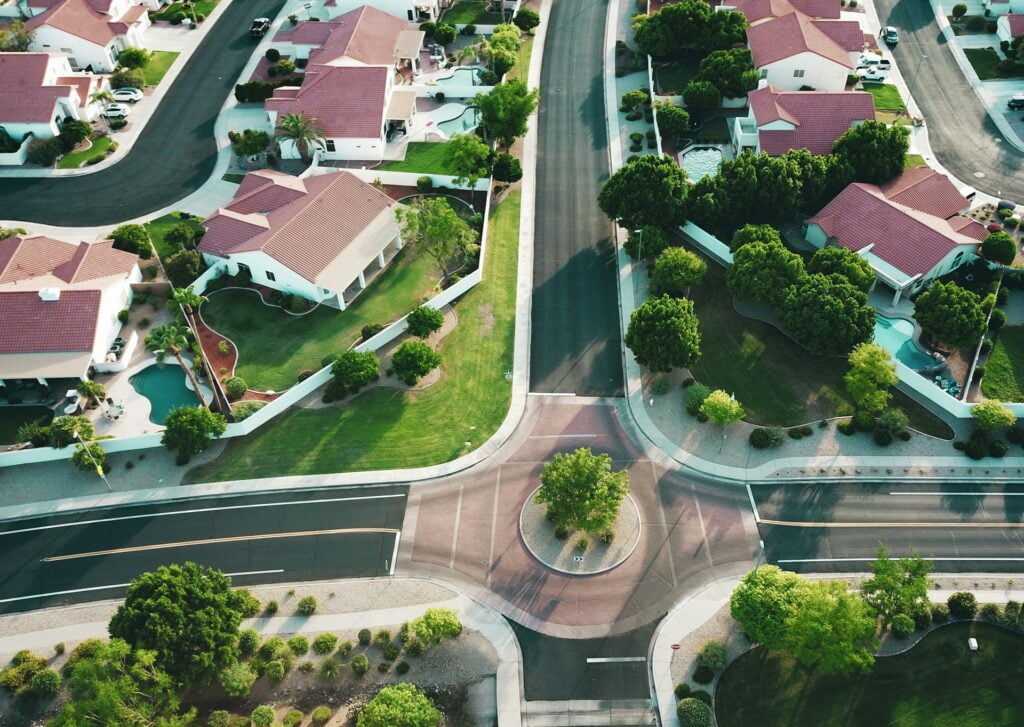New satellite images have unveiled the alarming pace and scale of China’s military buildup in the contested waters of the South China Sea, where a vast network of fortified bases has transformed once-barren reefs into strategic military hubs.
Aerial photos show that China has developed over 3,200 hectares of artificial islands, complete with harbors, runways, advanced radar systems, missile silos, and hangars that now support dozens of military aircraft. These developments span across multiple key locations in the Spratly and Paracel Islands areas also claimed by several other countries, including the Philippines, Vietnam, and Malaysia.
One of the most striking images comes from Mischief Reef, now showing a fully developed military complex resembling a city, complete with infrastructure designed for sustained air and naval operations. Long runways stretch across the reef, and more than 70 fighter jet hangars are clearly visible. The reef also houses surface-to-air missile systems, anti-ship cruise missile batteries, and an extensive communications and surveillance network.
Across the broader region, China currently occupies 20 outposts in the Paracel Islands and seven in the Spratly Islands. Four of these outposts have been converted into fully operational military bases, including Fiery Cross Reef and Subi Reef, which have undergone some of the most rapid transformations in recent years. Scarborough Shoal, another contested area, remains under China’s control via a constant coast guard presence, though no major infrastructure has been built there.
The satellite evidence underscores the speed of development, with experts describing it as the fastest and most extensive artificial land creation in history. Prior to 2014, many of the reefs now housing military bases were submerged or completely barren.
In a bold show of military strength earlier this year, China deployed two of its most advanced long-range H-6 bombers to Woody Island in the Paracel chain. The bombers, capable of carrying nuclear payloads, had not been publicly stationed there since 2020. Their reappearance suggests a clear intent to demonstrate military readiness and strategic deterrence particularly aimed at the U.S. and its regional allies, including the Philippines.
Experts suggest the positioning of these bombers is not purely for operational necessity but serves a broader message. “China’s long-range bombers don’t need to be in the Paracels,” noted one defense analyst. “This seems to be omni-directional signaling not just toward the Philippines but also toward the United States and other regional actors.”
Despite international criticism and a 2016 ruling by a global tribunal rejecting its sweeping territorial claims, China continues to assert sovereignty over nearly the entire South China Sea. Its government insists that its growing military presence is defensive, aimed at protecting its maritime interests. However, neighboring countries and international observers warn that Beijing’s actions risk escalating tensions in one of the world’s most vital and contested waterways.











